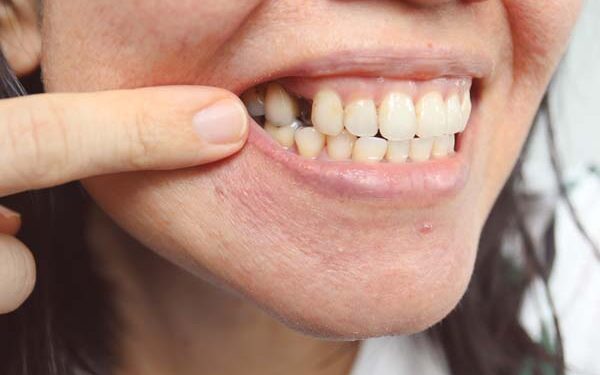Getting a Dental Implant Can Stop Bone Loss From Missing Teeth

The loss of even a single tooth can have a significant impact on a lot of people. Not only do teeth help in chewing food, controlling speech, protecting the tongue, and supporting the jaw, but they also look great and are a prominent part of your face. When you confidently grin and show off a flawless 32, a good set of teeth enhances your appearance.
You can look elderly and unattractive with a poor set, like the one with missing teeth. A gap in your teeth makes it impossible to laugh or grin confidently. A lost tooth causes a host of functional problems in addition to the obvious aesthetic ones and Dexter dental Implants can help.
Breakage of bone tissue because of a space between teeth
There will be an unsightly space between your teeth when one of them is missing. Typically spaced tightly to support each other, these teeth now encounter a gap that causes them to pull apart on one side. The neighboring teeth, which have access to the space, attempt to fill it up and risk weakening. Loss of alveolar bone, the bone that surrounds your teeth, is another complication. When teeth fall out, the jawbone stops getting enough stimulation, which causes further tooth loss.
Implants for teeth
A single-tooth implant is the way to go if you are missing just one tooth in the back. With a dental implant, the tooth’s root is substituted, and a crown is affixed to the tooth root instead of the natural tooth. The most common material for dental implants is titanium, the most brutal metal globally and biocompatible.
Because of its biocompatibility, this metal can osseointegrate—fuse—with the jawbone. When placed on top of a dental implant, the crown mimics and even improves upon the function of a natural tooth. The fact that the crown can be replaced further adds to the treatment’s safety and reversibility.
Stopping bone loss with dental implants
Dental bridges and removable dentures, the conventional methods of tooth replacement, did little to halt the progression of bone loss. Dental implants are the sole solution to the problem of bone loss. One of dentistry’s best preventative maintenance procedures is osseointegrated dental implants, which are embedded in the jawbone and act as anchors to maintain teeth. The jawbone is protected with a dental implant.
The alveolar bone supporting your teeth needs stimulation to maintain good health. All parts of the stomatognathic system, including the muscles, jaw joints, and nerves, can work together, usually with a tooth supported by an implant. Dental implants stabilize and stimulate the bone by fusing with the bone, allowing it to retain its shape and density. Further advantages include dietary improvements, dramatic shifts in eating habits, and enhanced social lives.






